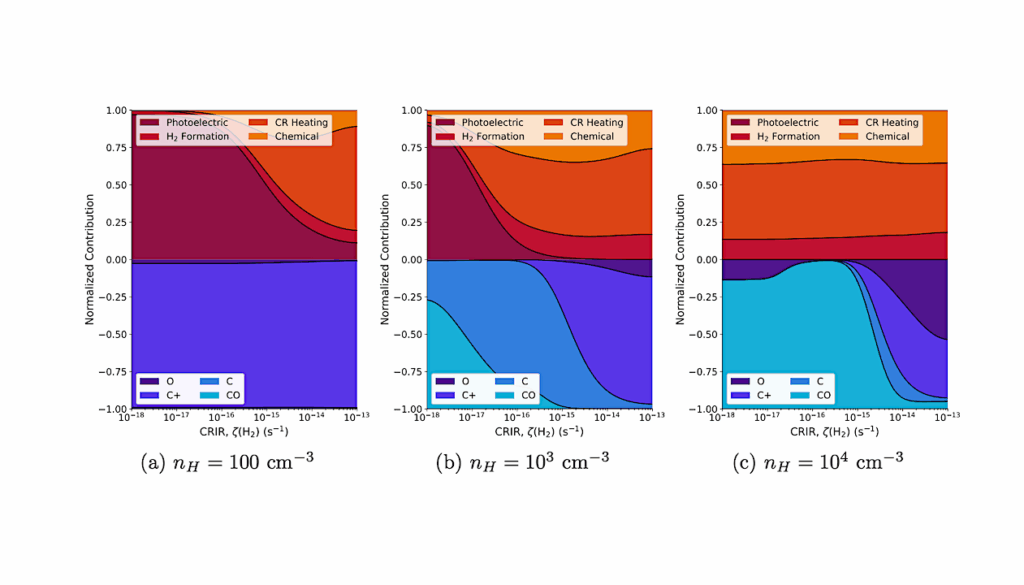Ultimate Limits Of Exoplanet Spectroscopy: A Quantum Approach

A multimode waveguide can be used as HermiteGaussian mode sorter. Light entering the device can be described as a combination of Hermite-Gaussian modes, each input mode is demultiplexed and sent to a separate mode, which is coupled into a spectrum analyser. The star is aligned with the centre of the waveguide. At the output, the light is put into spectrum analysers where its frequency is measured.
One of the big challenges in exoplanet science is to determine the atmospheric makeup of extrasolar planets, and to find biosignatures that hint at the existence of biochemical processes on another world.
The biomarkers we are trying to detect are gases in the exoplanet atmosphere like oxygen or methane, which have deep absorption features in the visible and near-infrared spectrum. Here we establish the ultimate quantum limit for determining the presence or absence of a spectral absorption line, for a dim source in the presence of a much brighter stellar source.
We characterise the associated error exponent in both the frameworks of symmetric and asymmetric hypothesis testing. We found that a structured measurement based on spatial demultiplexing allows us to decouple the light coming from the planet and achieve the ultimate quantum limits. If the planet has intensity ϵ≪1 relative to the star, we show that this approach significantly outperforms direct spectroscopy yielding an improvement of the error exponent by a factor 1/ϵ.
We find the optimal measurement, which is a combination of interferometric techniques and spectrum analysis.
Zixin Huang, Christian Schwab, Cosmo Lupo
Comments: 9 pages, 5 figures, and appendix; comments are welcome
Subjects: Earth and Planetary Astrophysics (astro-ph.EP); Instrumentation and Methods for Astrophysics (astro-ph.IM); Quantum Physics (quant-ph)
Cite as: arXiv:2211.06050 [astro-ph.EP] (or arXiv:2211.06050v1 [astro-ph.EP] for this version)
https://doi.org/10.48550/arXiv.2211.06050
Focus to learn more
Submission history
From: Zixin Huang
[v1] Fri, 11 Nov 2022 08:04:26 UTC (157 KB)
https://arxiv.org/abs/2211.06050
Astrobiology








